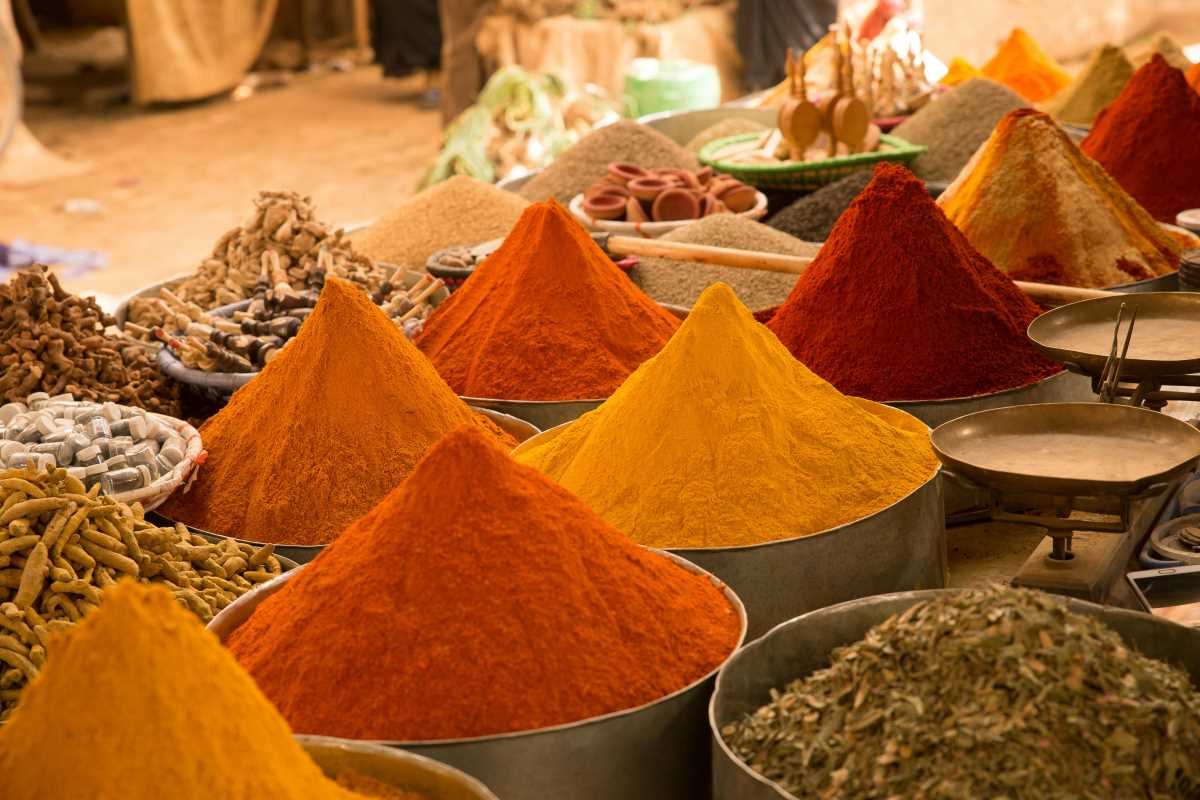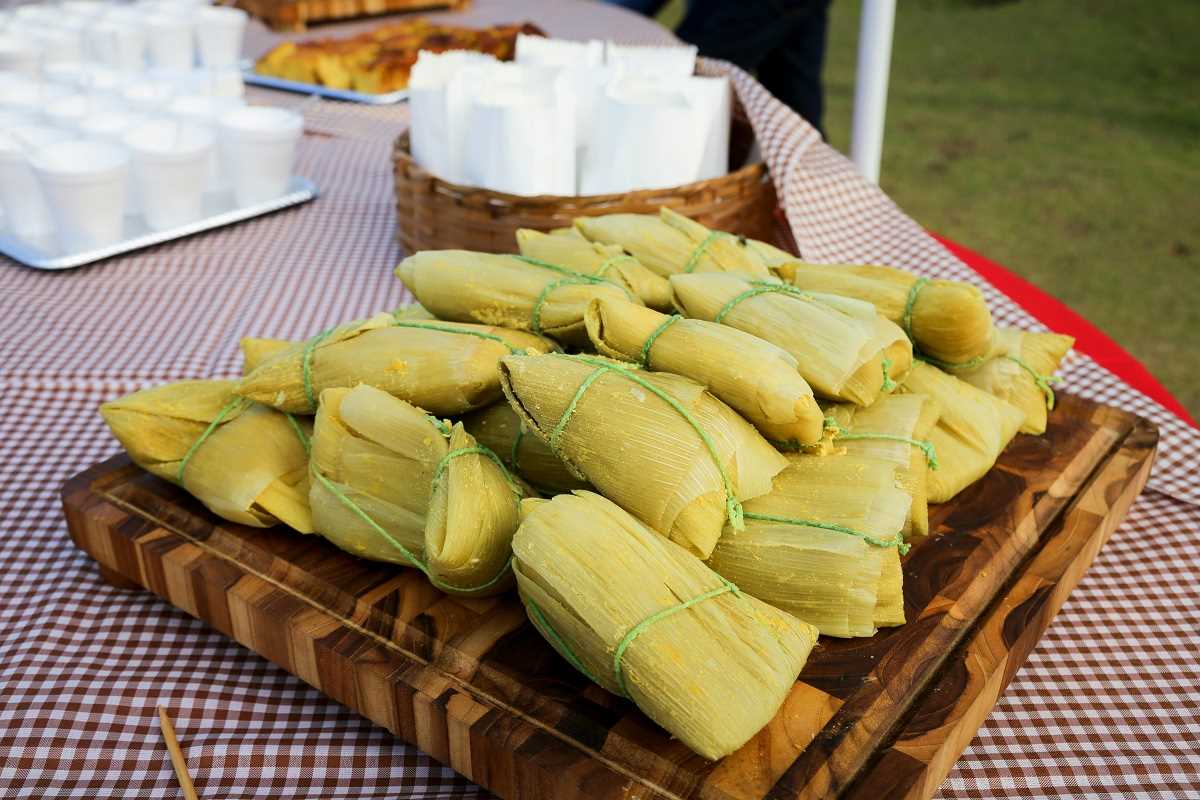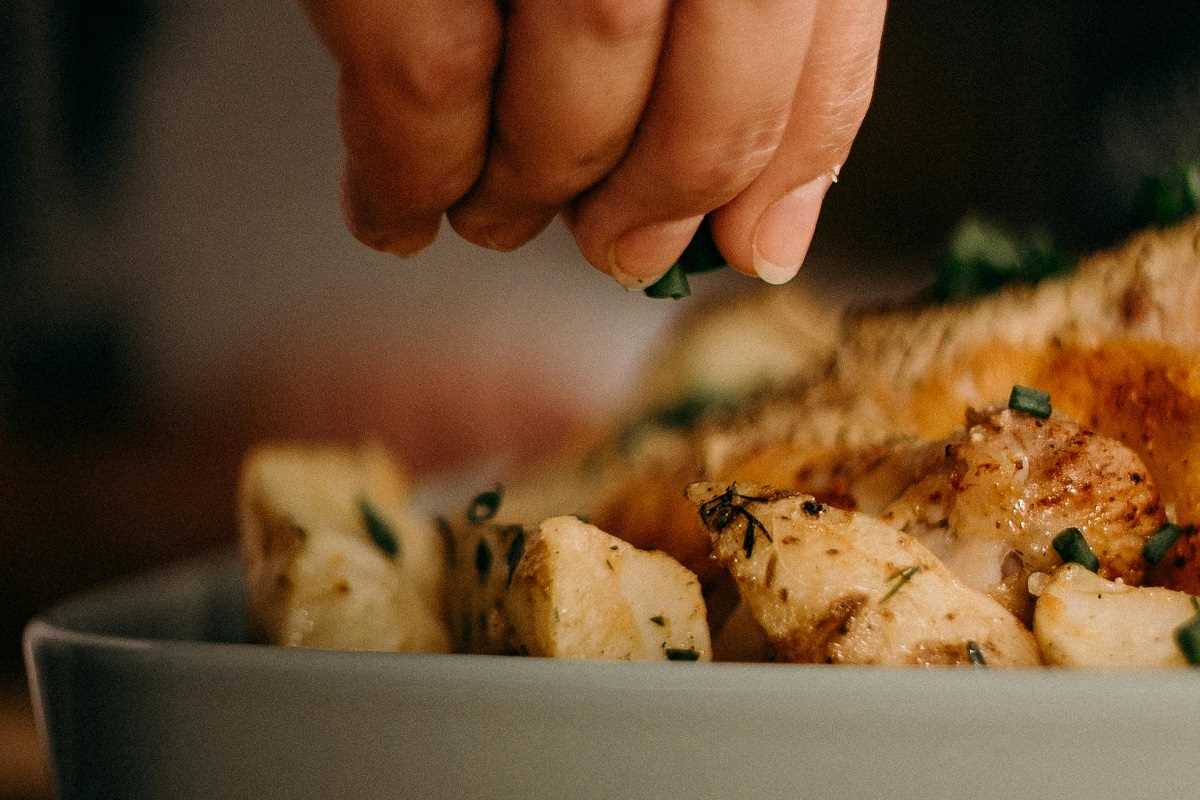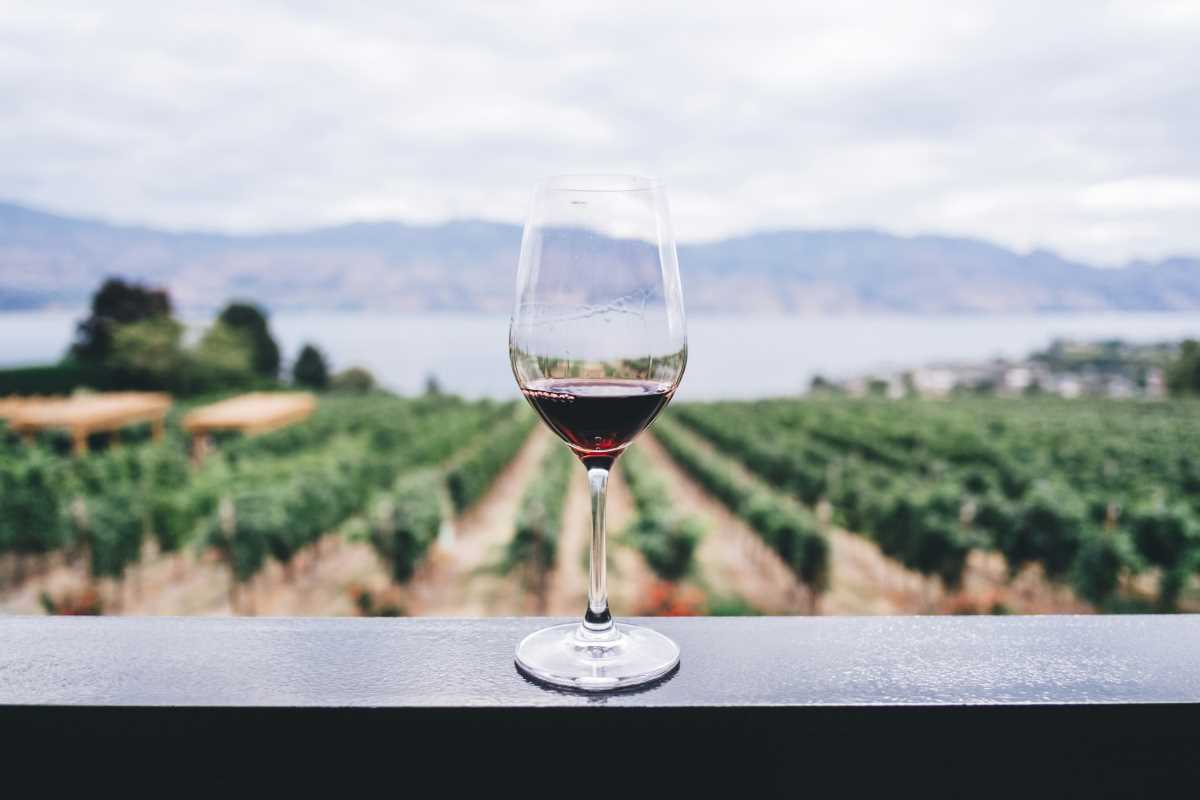Colorful sacks of spices and rows of dried pods fill bustling alleys, with each market stall offering a fresh burst of scent and a hint of culinary adventure. Bold aromas greet you as you wander, from sharp citrus notes to the comforting embrace of earthy spices. Local vendors share their expertise, often passing along techniques and stories that have traveled through generations. Exploring the market at your own pace opens doors to unexpected conversations and rare finds. This guide shows how a leisurely visit can become a search for unique flavors and memorable ingredients to bring home from your travels.
Discovering Authentic Market Rhythms
- Arrive just before dawn to see vendors lay out baskets of turmeric and saffron. Early hours reveal artisans cracking open pods by hand, and you can negotiate when stalls brim with fresh stock. Expect minimal crowds, no markup, and a chance to chat about provenance. Keep small change on hand to make transactions easier and always greet stallholders with a smile to build rapport.
- Follow the scent trails to less-touristy corners where street-food cooks mix fresh blends. Here, you observe local spice combinations in action and sample freshly fried pakoras or skewered meats dusted in secret pepper blends. Use taste as your guide—each bite points you toward stalls offering the true regional palette. Bring a few napkins for quick cleanups and ask for a small sample to confirm quality before buying larger amounts.
- Feel textures instead of just looking at colors. Rub a pinch between your fingertips to detect moisture content and freshness. Suppliers often store pre-ground powders in sealed drums; freshly ground spices feel slightly warm and granular. Spend under one dollar per sachet and carry a cloth bag to let textures breathe. Write down stall numbers to return later once you verify aroma and purity.
- Plan your route to avoid backtracking among crowded lanes. Identify major landmarks—a mosque minaret, a brightly painted arch—to gauge distances between sections. With a simple sketch or smartphone screenshot, you reduce wandering time and head straight to specialized corners, such as chili vendors or herb merchants. Share your map with friends to cover parallel aisles and combine findings.
- Build rapport by asking open-ended questions about roasting methods. Vendors enjoy demonstrating their handheld winnowing baskets and small roasting pans. Watching a quick demo shows you how heat and time shape flavor profiles. Offer to photograph the process, and they’ll often add a few extra grams. Keep your phone ready and a polite thank-you note in the local language to show appreciation.
Value in Every Sack
- Hidden terroir differences
- Ask which hillside or river valley produced each batch, going beyond typical regional labels.
- Local growers often trade at the same stalls but don’t broadcast micro-region names.
- Cost: ~$3–$5 per ounce.
- Tip: Note harvest stories and buy from sellers who describe processing stages to ensure traceable quality.
- Seasonal cycles reveal themselves
- Look for stalls specializing in rain-season harvests that yield fresher cardamom or coriander.
- Seasonal gems sell at modest markups ($2–$4 per small bundle) with pronounced floral or citrus notes.
- Tip: Ask when each harvest peaked, prioritize recent batches, and record harvest dates for future comparisons.
- Single-origin options take the spotlight
- Seek vendors committed to one village or cooperative for distinct soil and sun exposure.
- Prices may double mainstream options, but an extra $2–$3 per bag ensures freshness.
- Tip: Engage sellers about soil amendments or sun-drying techniques to confirm authenticity.
- Rustic processing perks
- Raw, coarsely ground spices often skip bleaching or anti-caking agents.
- Running grains through a sieve reveals impurities and preserves essential oils.
- Cost: ~$1–$2 per small pouch.
- Tip: Inspect the mesh screen and ask to watch the final grind stage for transparency.
- Heritage varietals uncovered
- Rare heirloom chilies or peppercorns fetch higher prices but deliver nuanced heat.
- Cost: ~$4–$6 per sample pouch.
- Tip: Taste test with a small spoon, and request a second sample before purchasing larger amounts.
Practical Steps for Savvy Souvenir Hunting
- Source Selection
- Identify sections by aroma strength and stall layout.
- Walk the perimeter first to find vendors with minimal packaging—often roasting and grinding on-site.
- Approach stalls with open sacks instead of plastic seals.
- Negotiate by checking spice depth, then request three dosage levels: light, medium, strong.
- Purchase by weight (typically 50–100 g) to stay within budget and airline limits.
- Tip: Carry a compact kitchen scale to ensure fair pricing and avoid surprises at checkout.
- Packing Protocol
- Use vacuum-sealable, odor-proof pouches before shopping.
- Place each pouch inside a sealed plastic bag to prevent leaks.
- Lay sachets flat inside hard-sided carry-ons, cushioned between clothing folds.
- Check customs regulations for powdered goods to prevent confiscation.
- Budget: ~$5 for a set of zipper bags.
- Tip: Proper packing preserves aroma and prevents spills.
- Sample Strategy
- Request 5–10 g samples (free or for a small fee).
- Test by mixing a pinch into plain yogurt or olive oil.
- Evaluate color release and heat within 30 seconds.
- Note which blend clings to liquid and releases aroma effectively.
- Bring small disposable cups and napkins for hygienic testing.
- Tip: Samples help identify authentic blends before committing to larger buys.
- Language Keys
- Memorize terms for “fresh,” “ground,” and “source region” in the local language.
- Practice pronunciation and write phrases on a laminated card.
- Use simple gestures—tapping nose for aroma, stirring for grind level.
- Tip: Extra effort often earns discounts or bonus grams.
- Budget Tracking
- Set daily spice budgets and record purchases in a notebook or phone.
- Convert local currency early to avoid overspending.
- Note vendor names and stall numbers for easy returns.
- Divide budget by type: powders, seeds, blends.
- Carry small banknotes for exact change.
- Tip: Tracking ensures variety in your haul while keeping expenses under control.
Navigation Tips for the Market
Plan visits around festivals to enjoy fresh aromas and unique displays, and use maps or local blogs to chart routes through hidden stalls. Taste tests at cafés often lead you to authentic spice vendors, while small chats with long-time sellers open doors to deeper discoveries. Each market trip becomes a journey of flavor, culture, and lasting memories to bring home.
 (Image via
(Image via





